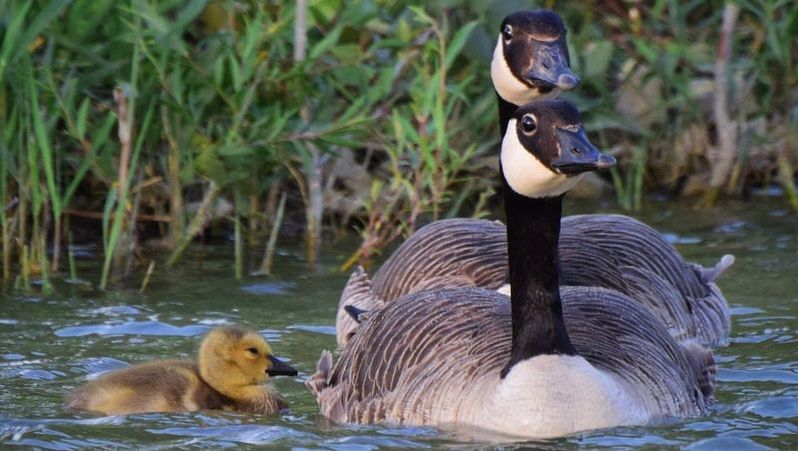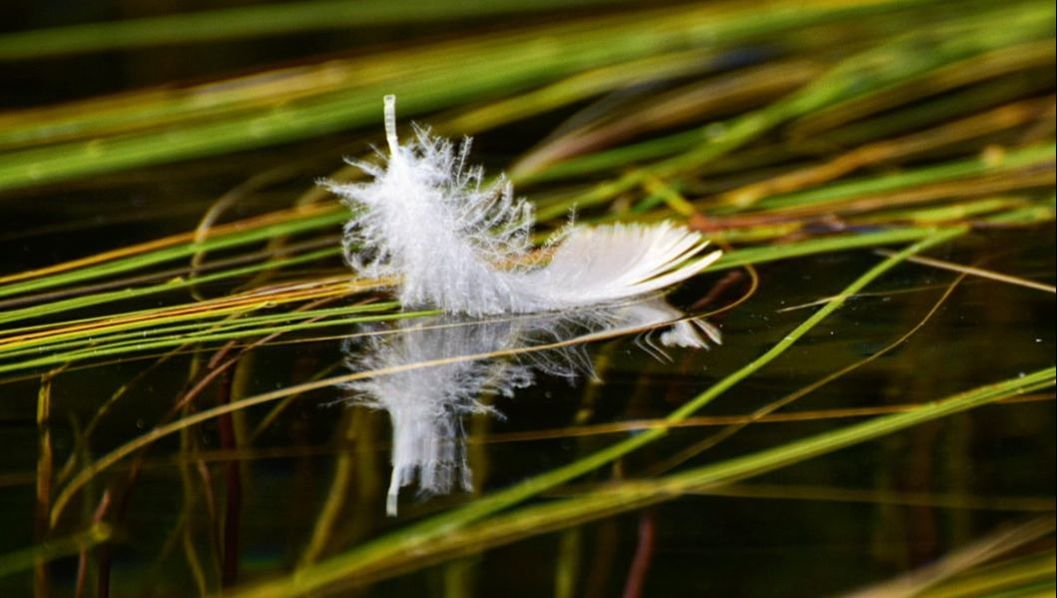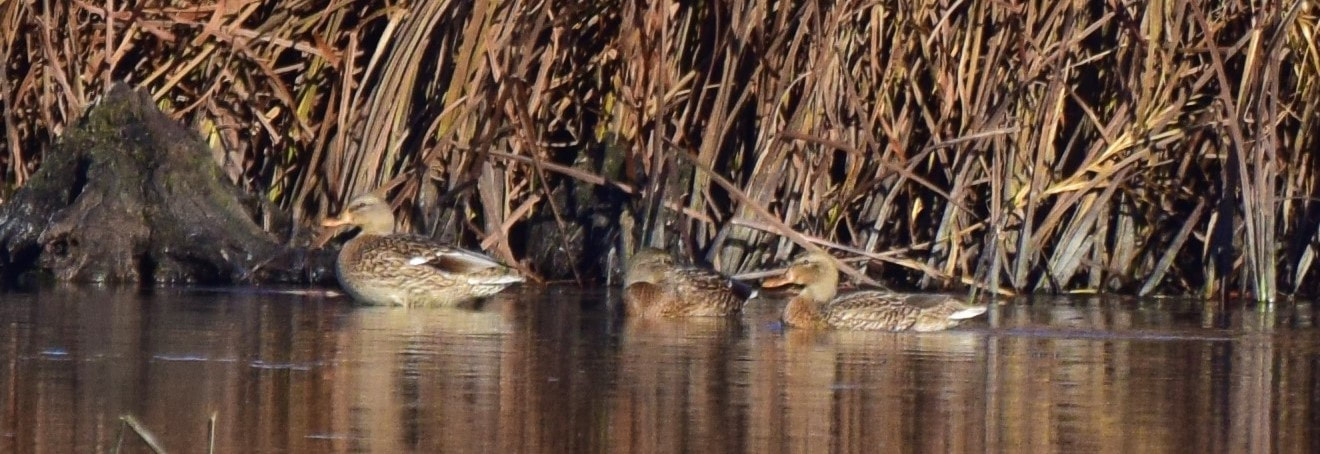SURFACE WATER
Hayden's Prairie Subdivision has been designed based on stormwater management design standards that incorporate applicable requirements of The City of Ames, Chapter 5B Post Construction Stormwater Management Ordinance (Ord. 4176,4-22-14).
WaterfowlStormwater retention and wet detention ponds may attract waterfowl, especially during the Spring and Fall migratory seasons. Waterfowl issues in urban settings usually involve the overpopulation of duck and geese. The U.S. Fish and Wildlife Service offers tips on living with waterfowl with their brochure available by clicking on the "Learn More" button below. For a more extensive technical guide specifically tailored to managing Canada Geese in urban environments click here.
|
MAINTENANCEAn integrated stormwater management system that includes natural surface drainages and ponds is extremely important to controlling downstream flows (i.e., runoff quantity) and improving water quality. However, these areas may attract undesirable animal, plant, insect, and aquatic species. Learn more about stormwater pond and wetland management including animal, waterfowl, mosquito, plant, and stagnant water issues by clicking on the "Learn More" button below.
|
Stormwater natural waterways and ponds are extremely important components of your community's drainage system. They are designed to provide three critical services:
(1) They prevent flooding by suppressing surges of stormwater runoff that wash from lawns, buildings, and paved surfaces;
(2) they protect water quality by holding water long enough so that sediment and other pollutants settle to the bottom of the pond before discharge to nearby rivers; and
(3) they can enhance biological diversity both along waterways and in the detention areas.
(1) They prevent flooding by suppressing surges of stormwater runoff that wash from lawns, buildings, and paved surfaces;
(2) they protect water quality by holding water long enough so that sediment and other pollutants settle to the bottom of the pond before discharge to nearby rivers; and
(3) they can enhance biological diversity both along waterways and in the detention areas.
|
Flood Reduction
By reducing and protecting floodplains, green infrastructure such as stormwater detention ponds can help manage both localized and riverine floods. Additional voluntary measures could be employed in the subdivision or on individual residential parcels. A host of ideas for reducing runoff are available from the Rainscaping Iowa Program which you can access by clicking here.
|
Sediment Load Reduction
Sediment control, often confused with erosion control, is trapping detached soil particles that are already moving in the erosion process. Slowing the velocity of runoff and providing vegetative filtering helps trap sediment on-site, but typically sediment control is achieved by temporarily impounding flows to allow sediment to settle out. Sediment is the number one pollutant of Iowa’s surface waters.
|
Biological Diversity
Stormwater basins are either wet basins that “retain” stormwater indefinitely or dry detention basins that store stormwater for a day or two. Wet basins contain a permanent pool they can support a greater variety of native plants. Dry detention basins will not support floating or submergent plants but can usually sustain some drought tolerant emergent plant species.
|
HAYDEN'S PRESERVE SUBDIVISION
Ames, IA
Ames, IA




